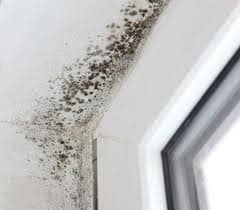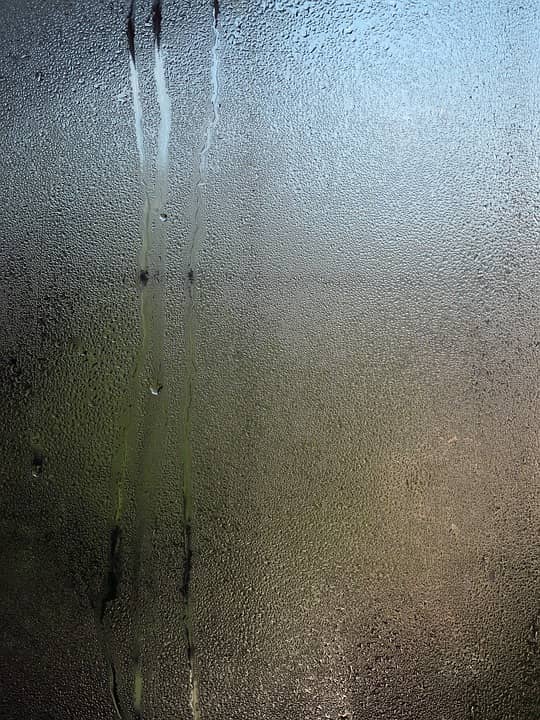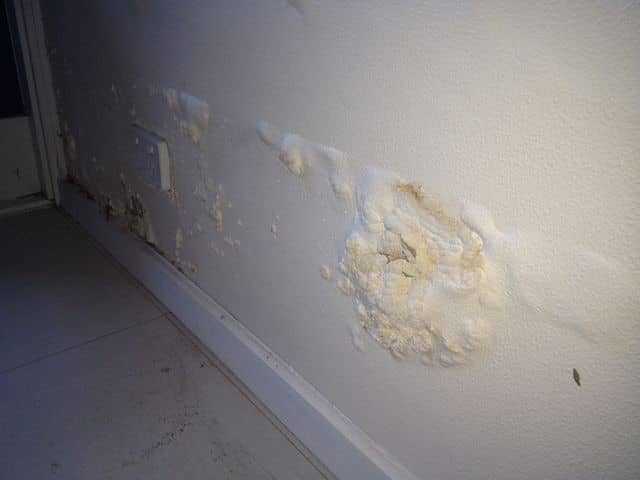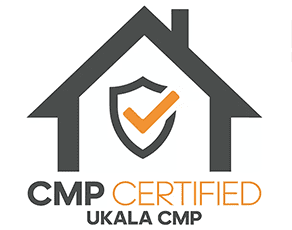Condensation
Condensation is a very common problem for a lot of homes across the UK and yet is fairly simple to resolve. When moisture in the air meets a colder surface, like a wall or window, water is released onto the colder surface, creating tiny droplets of water to appear, which is more commonly referred to as condensation. It is commonly confused for damp so it’s important to know the difference as they need to be treated differently.
Condensation happens inside the home when there is excess moisture in the air.


Damp is caused when water is coming through walls from outside

Condensation is commonly found is kitchens, bathrooms, en-suites, and utility rooms. It can also appear in areas where the air movement is restricted, such as behind furniture and inside wardrobes which can, if left untreated, start to create a musty smell and lead to mould growth on clothes, furniture and walls.
It doesn’t matter what type of property you live in, whether it be an older style or a modern home, upstairs flat or bungalow, condensation can happen. It isn’t associated with bad housing, it’s a growing problem with houses that have been refurbished with energy saving materials. Becoming energy efficient means we need to ensure that we ventilate correctly so that the property can breathe.
It tends to be more common in winter months when it’s cold outside and warm inside. I’m sure you have woken up with wet windows in the morning when the outside temperature has dropped. If left, it can cause mould growth and maybe peeling wallpaper.
It can be a worrying sight and it can make some people think it’s a difficult and troublesome issue, however this isn’t always the case. It seems to happen more now than ever due to us being so energy conscious. We’re installing double, even triple, glazed windows, blocking in chimneys, and draft proofing which means there isn’t a very good airflow or escape route for stale, humid air and it increases humidity indoors, creating poor air quality.
Daily activities at home can create a lot of moisture in the air without us even realising. Taking a bath/shower or boiling the kettle, cooking with pots and pans and drying clothes indoors are the major contributors. Even breathing releases moisture into the air and can create a massive 4 pints of water per person per day! This has no where to go except float around in the air.
In the older days where windows weren’t sealed as well, and chimneys were open, air could escape and circulate fresh air into the home.
The biggest factors of moisture in the home are:
- The temperature of the air in the home
- The surface temperature of the windows/walls
- The level of moisture in the air
So, what can you do to keep this persistent problem at bay? There are a lot of things you can do or change that will help and you may find allergies and asthma problems improve.
· Avoid drying clothes indoors, if you do make sure them room is ventilated and keep doors closed so moisture doesn’t spread to other rooms.
· Keep drips vents open on windows and try to open windows for a little while every day.
· Keep a gap around furniture so air can circulate, it can’t do so if furniture is stuck against walls.
· Don’t stack clutter or furniture against walls or in cupboards, ensure there is room for air to circulate.
· When the weather outside is cold, try to maintain a constant temperature at home. Leave the heating on low over night and when you’re out to ensure the temperature doesn’t drop.
· Make sure you don’t block air bricks/vents.
Dehumidifiers can help with the situation, but they won’t work for the full house, so you may need more than one. You can also buy moisture traps fairly cheaply at bargain stores which use crystals to absorb water and these can be used almost anywhere.
The main thing is you ventilate always and especially when you’re cooking, showering or drying clothes. If you have an extractor fan, use it, and keep it running for a little while after you have finished what you’re doing to ensure moisture is taken away. Also heat your property to keep condensation at bay.










